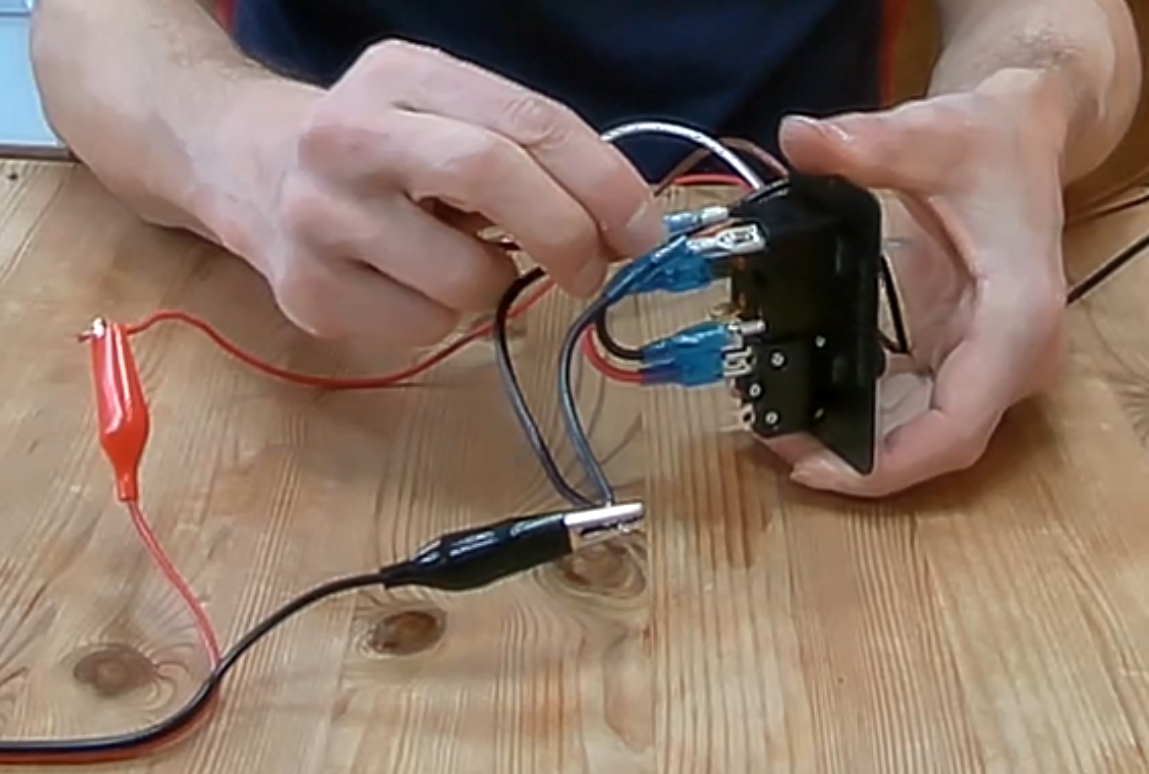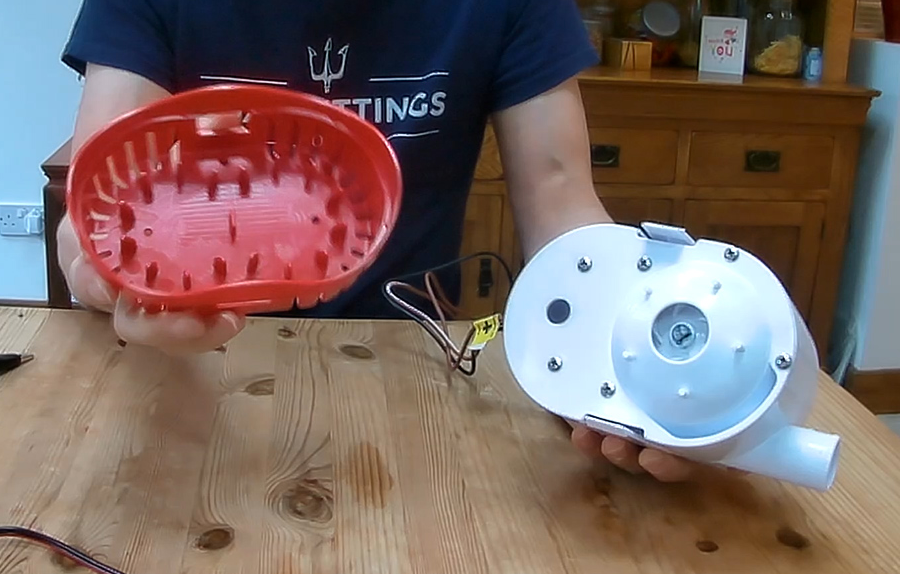How Do You Wire A Bilge Pump?
How do you wire a bilge pump? We show how to wire in a manual 12V bilge pump, and wire an automatic bilge pump with a Seaflo bilge pump switch. Whether you have a Rule bilge pump, Whale bilge pump or another make, the wiring process is much the same. One of the key factors is whether you have an electric manual bilge pump, or an automatic bilge pump.
Automatic bilge pumps usually have a built-in float switch to activate the pump when the water level in the bilge reaches a certain level. When the water level in the bilge is low enough the built-in float switch turns off the pump. In this guide we show how to wire an automatic bilge pump in conjunction with a Seaflo bilge pump switch. The Seaflo switch is protected by a fuse, and has a manual setting and automatic setting.
The full video guide can be seen here ....
A simple manual bilge pump comes with two wires, a positive and a negative wire. The impeller of the bilge pump is designed to turn in a specific direction, therefore it is important that the positive and negative bilge pump wires are connected the correct way round to their power supply. Any bilge pump should be protected by a suitable fuse, typically in the range 5Amps to 15Amps, but check with the instructions for your particular pump. In this guide we show how to wire a 2000 gallons per hour bilge pump with a Seaflo bilge pump switch, which incorporates a fuse which can be re-set.
When connecting bilge pump wires, the connections should be kept in the dry. Where the wires enter the body of the bilge pump housing, the wires are sealed and the bilge pump itself can be fully submerged. Joints in the wiring, or connections to fuses and switches however should be kept safely above the bilge water level.
Bilge pumps are generally supplied with bare ends to the wires, in the case we look at in this video the Seaflo switch panel has spade connectors. To connect the bilge pump wires it is necessary to use female electrical spade connectors. We prefer to solder these space connectors to the bilge pump wires (rather than crimp) as in the long run this tends to be more reliable.
When purchasing and wiring up bilge pumps ensure that the voltage of the bilge pumps match the boat supply voltage, most bilge pumps are 12V, but there are some 24V bilge pumps available.
Although in the example shown in this video we use a switch specifically intended for bilge pumps, it is also possible to connect your bilge pump wires to a more general purpose fused switch panel, as long as you ensure that the bilge pump is protected with a suitable rating of fuse.
In this video guide we show two examples, the first is a manual bilge pump and the second is an automatic bilge pump with has its own integral float switch.
Float switches can be purchased separately to wire in conjunction with manual bilge pumps, thereby giving them automatic operation when the water level in the bilge rises to a certain level.
If you found this guide useful or interesting you might like to sign up to our newsletter, so that we can let you know when our next guide has been published.








